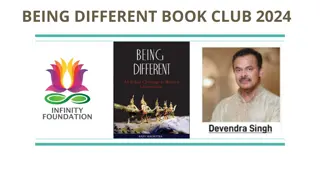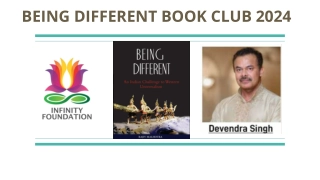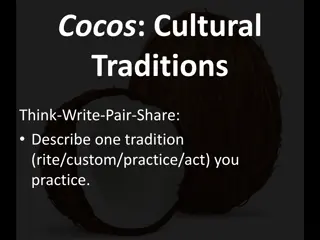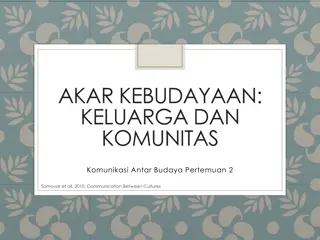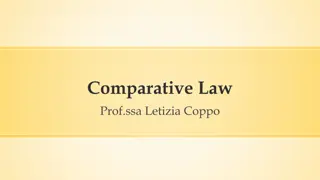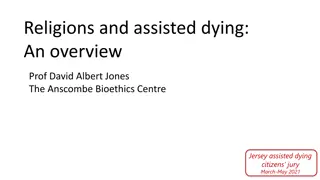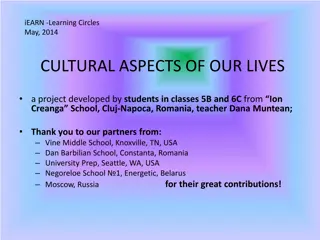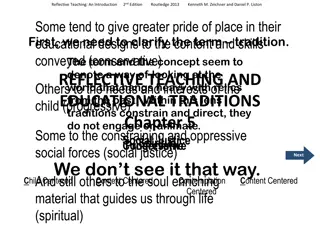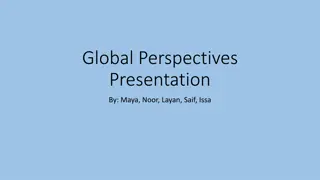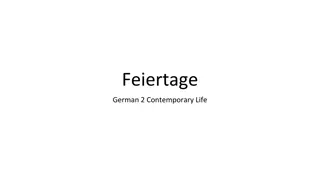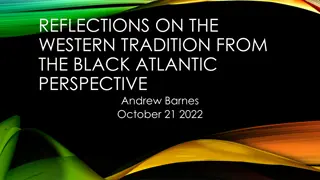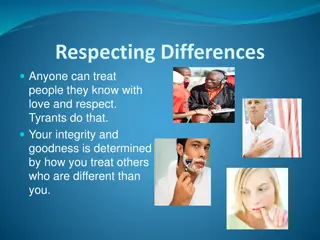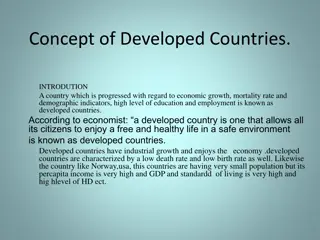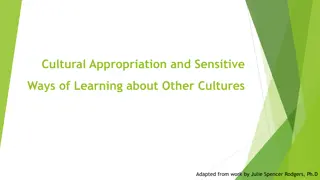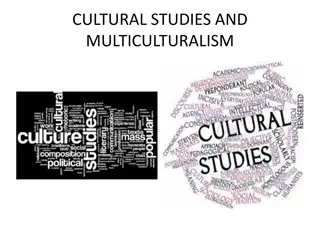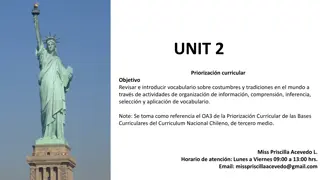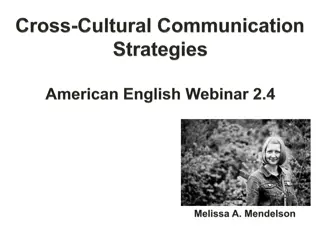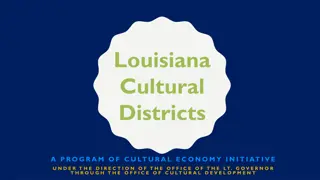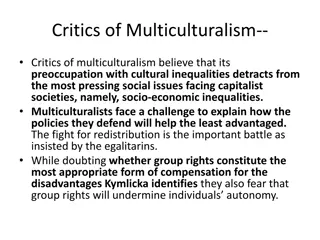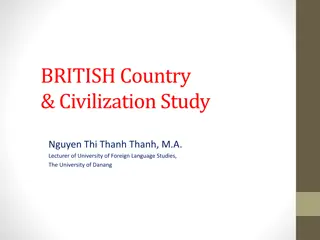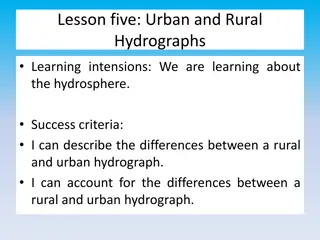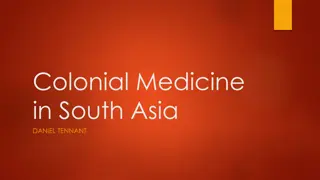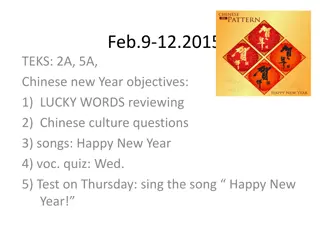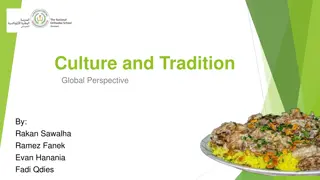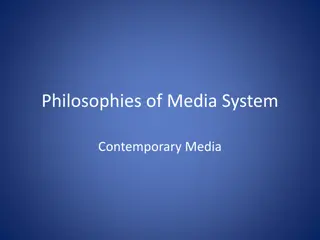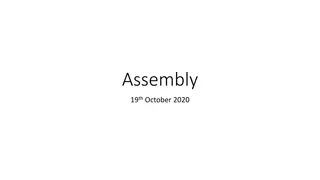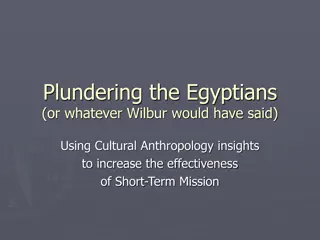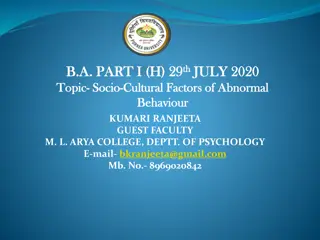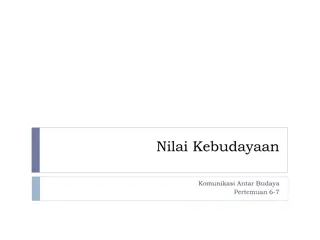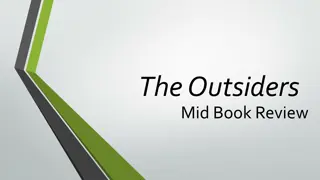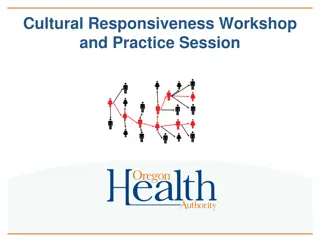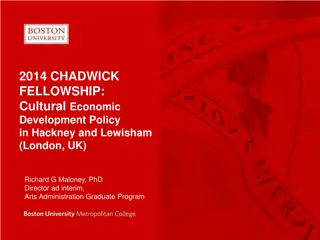Contrasting Dharmic and Western Traditions: A Deep Dive into Cultural Differences
The Being Different Book Club 2024 explores the fundamental disparities between Dharmic and Western traditions. It challenges the notion of Western paradigms as universal and delves into the unique approaches of Dharmic traditions. Through a series of images and descriptions, the club highlights key differences such as embodied knowledge versus history centrism, integral versus synthetic unity, anxiety over chaos versus comfort with complexity, and more. Join the club to uncover the intricate layers of cultural constructs and spiritual explorations that set these traditions apart.
Download Presentation

Please find below an Image/Link to download the presentation.
The content on the website is provided AS IS for your information and personal use only. It may not be sold, licensed, or shared on other websites without obtaining consent from the author. Download presentation by click this link. If you encounter any issues during the download, it is possible that the publisher has removed the file from their server.
E N D
Presentation Transcript
Introduction Bharat is different from the West BD will challenge that the Western paradigm are universal Dharmic traditions have differences among them - but they offer techniques for integration with different faiths
Introduction Western Concept 1. Judeo-Christian historical revelations 2. Greek reason with reliance on Aristotelian logic (either True or false) and empirical knowledge West Not integral unity, but a synthetic one aggressive projects. Bharat Cultural constructs more stable, flexible, less expansionist leads to expansionist,
Four Difference Between Dharmic & Western Traditions 1. Embodied Knowledge vs History Centrism 2. Integral vs Synthetic Unity 3. Anxiety over Chaos vs Comfort with Complexity and Ambiguity 4. Cultural Digestion vs Sanskrit Translatebles
Embodied Knowing vs History Centrism Dharmic Traditions Inner science & experiential techniques (Aadhyama Vidya) First person empirical inquiry into the nature of consciousness But their experiences are not code of laws Truth must be rediscovered and directly experienced by each person
Judeo-Christian Traditions Depend on historical revelations Collective destiny of mankind Human conditions stem from an act of disobedience (original sin) Every individual is a born sinner, unable to achieve union with divine Salvation is only achieved through obedience to God s will Historical record of that intervention must be carefully maintained
Judeo-Christian Traditions Goal To bring humans collectively to obey a specific law History is universal and Humanity s collective destiny will be examined and judged at the end of time. Result Weakens the individual s spiritual explorations. Mystics were regarded with suspicion - History centrism is the major difference between dharmic and western traditions.
Integral vs Synthetic Unity Idea of Unity in Dharmic traditions differs from Western traditions Dharmic schools assume that the cosmos in unified whole Western worldviews have been shaped by tension between historical revelations and the dualistic Aristotelian logic So, the unity is profoundly troubled by 1. Split between revelation and reason (Hellenism) 2. By fragmented quality of reasoning and the speculation produced
Integral vs Synthetic Unity In Dharmic traditions, there are diversity of paths without fear of chaos Western worldview says that the cosmos is an agglomeration of parts. They are not concerned how and why the multiplicity emerges, but how unity can emerge out of that multiplicity. Such a unity is not innate; it must be sought and justified. More on this in CHAPTER 3.
Anxiety over Chaos vs Comfort with Complexicity Dharmic traditions are more relaxed and comfortable with multiplicity and ambiguity than the West. In Dharma traditions, chaos is seen as a source of creativity and dynamism. In West, chaos is seen as threat that has to be overcome by control, riddled with anxieties, needs order to resolve differences Samudra Manthan tells concept clearly in CHAPTER 4
Cultural Digestion vs Sanskrit Non-translatables Western scholars and westernized Bhartiyas translate and map dharmic concepts and perspectives onto western frameworks Chapter 5 will argue why this approach is problematic Tiger and prey both are changed by digestion Food for tiger becomes the part of tiger s body Dharmic traditions are compromised once substituted.
Cultural Digestion vs Sanskrit Non-translatables Sacred sounds in Sanskrit were discovered by Vedic Rishis through inner science - various meditation systems Sanskrit is repository of art, philosophy, architecture, popular song, classical music, dance, theatre, painting, math, engineering, etc. Although Judeo-Christian faiths also have their sacred languages Hebrew, Latin, but these languages have not served as the basis of unified civilizations, as we will see in CHAPTER 5


